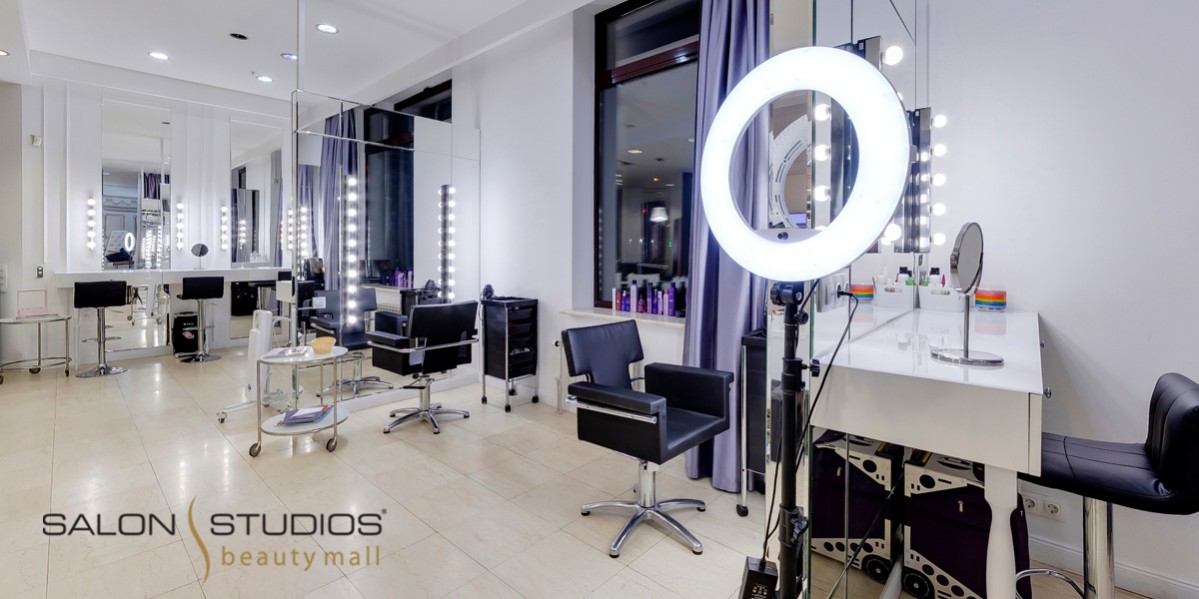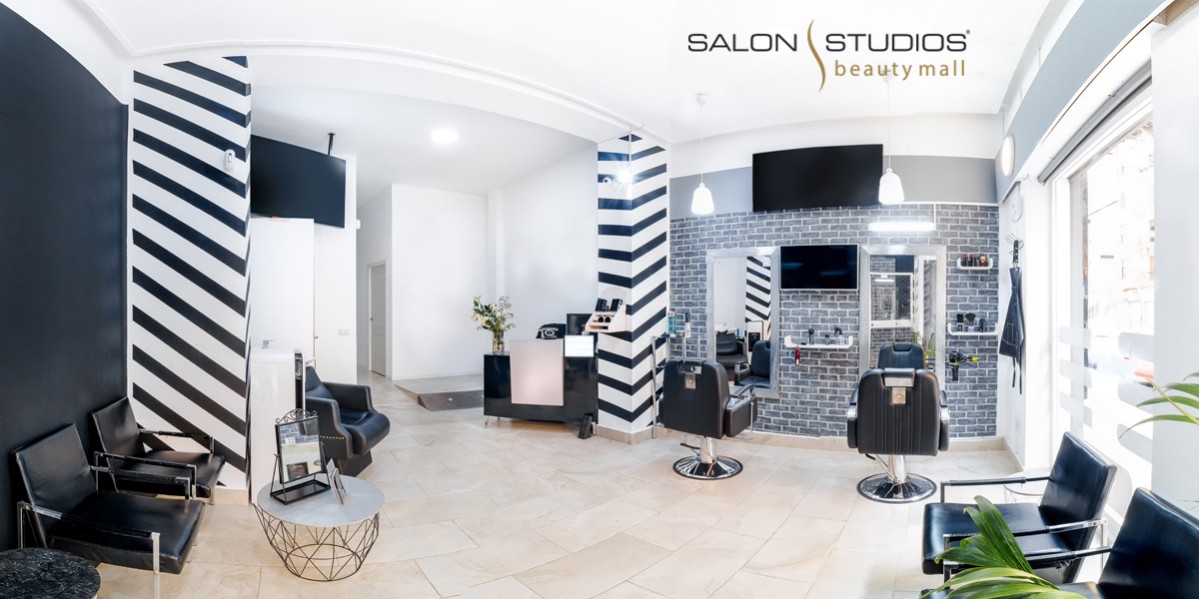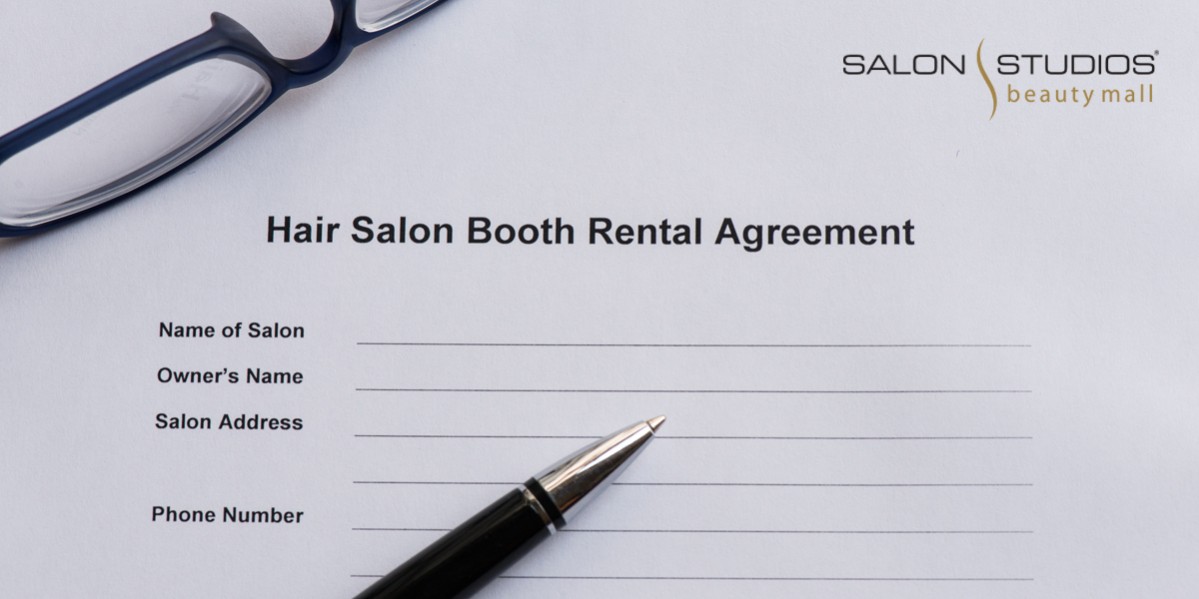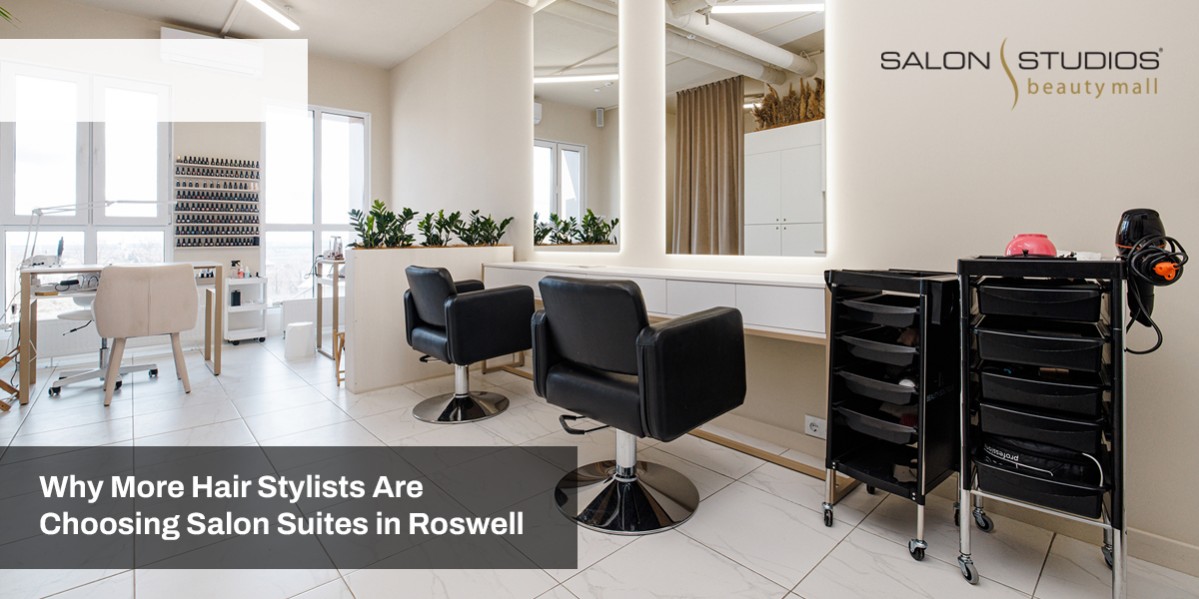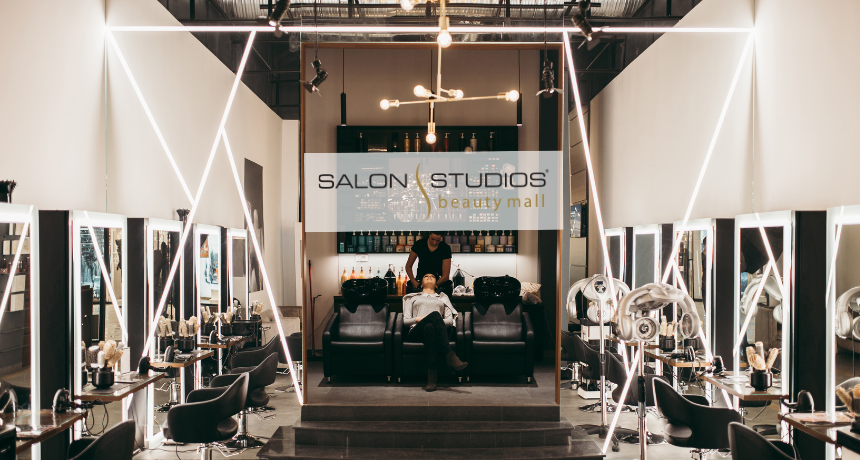
Table of Content
- Introduction
- Why is Budgeting for a Salon Suite Essential?
- Typical Costs Associated with Salon Suites
- How to Create a Realistic Salon Suite Budget
- Pros & Cons of Budgeting a Salon Suite Rental
- Key Factors to Consider in Your Budget
- Tips for Budgeting Success
- How Much Does It Cost to Open a Salon Suite?
- Cost-Saving Tips
- Common Budgeting Mistakes to Avoid
- Conclusion
- FAQs
Summary
Salon suite expenses depend on many factors. A good budget for a salon suite is important. This article covers typical costs and how to budget for them. It also discusses factors to consider when developing a budget. Furthermore, it includes strategies, financing methods, and money-saving tips. They will assist you in gaining financial knowledge.
Introduction
Owning salon suites in Dunwoody is a good opportunity. It will let you work independently in the space you’ll rent. But you need a clear, strict budget. It must cover all costs to reach profitability. In this article, you will learn how to divide funds properly. It also discusses what to consider when funding a salon suite rental and how to manage your finances.
Why is Budgeting for a Salon Suite Essential?
In this respect, it is advisable for anyone who intends to start the salon suite. They must have financial plans. These will show the costs to run the business and the revenue needed for a decent profit. A businessperson must know all costs, from rent to marketing. If they keep these in mind, it will prevent a cash flow problem that causes stress to the business.
Typical Costs Associated with Salon Suites
To give you a clearer idea, here’s a breakdown of the average monthly costs of owning a salon suite:
- Rent: $1,500–$3,000
- Utilities: $200–$400
- Insurance: $100–$200
- Marketing: $500–$1,000
- Staffing: $2,000–$4,000
- Supplies: $500–$1,000
You must create a realistic budget to cover those expenses. It is vital for the business's survival. Furthermore, you must have a well-thought-out plan for where to find the money for those costs.
How to Create a Realistic Salon Suite Budget
When planning your budget, consider the following steps:
- Track Your Current Expenses: The first step they suggest is to record your personal and business expenses for a few months. This should more accurately predict any potential to move up to salon suite expenses.
- List All Anticipated Expenses: Include known costs like rent and electricity. Also, include variable costs like stock and advertising.
- Be Realistic About Your Income: As you build your client base, your earnings may vary in the early years. Consider how you will fund your expenses during the low-volume seasons.
- Review Your Budget Regularly: Do not make your budget fixed. Circumstances may change. So, you must change your budget.
Pros & Cons of Budgeting a Salon Suite Rental
| Pros | Cons |
| Fixed monthly costs are easy to budget for | High rent in premium locations |
| Generally predictable monthly expenses | May fluctuate with the seasons and usage levels |
| Helps attract and retain clients, grows your business | Ongoing costs, especially for digital marketing campaigns |
| Helps in offering a wider range of services and taking on more clients | |
| Allows the offering of high-quality services |
Key Factors to Consider in Your Budget
The following factors will dictate the amount of money you will spend in a salon suite. Let’s dive into these in more detail:
1. Rent:
The cost of rent depends on the location and size of the suite or the office space in Dunwoody. The average monthly rent for salon suites across the U.S. is $1,500 per square foot. It ranges from $500 to $5,000, depending on the region.
2. Utilities:
For example, electricity, water, and gas expenses range around $200 per month. In small, low-lit rooms, they may be minimal. But in larger areas, or those with high-energy lamps, they might be too much.
3. Marketing:
For you to expand your business, you must spend on marketing. Creating a site, selling on social media, or attending meetings can cost $500 to $1,000 a month.
4. Staffing:
If you recruit people, the costs will include wages and employee benefits. A salon stylist earns a median of about $30,000 a year. So, if it concerns you, factor in the stylist's expenses.
5. Supplies:
Supply costs will depend on your services monthly. Furniture, hair products, beauty tools, and accessories can range from 500 to 1,000 dollars a month.
Tips for Budgeting Success
Here are some more tips to manage your salon suite finances:
- Set Clear Financial Goals: Determine the goals that you have for your salon suite. Knowing this will guide your budget and your profits. It will also affect your space for friends and family.
- Plan for Income Fluctuations: It may take some time to establish this pool of customers. Be willing, during a period of startup, to survive on savings or other forms of income.
- Expect the Unexpected: One-off expenses could be from equipment breakdowns or a sudden resignation. Make sure you have enough funds to cover expenses like these.
How Much Does It Cost to Open a Salon Suite?
It will take about seven years to save for the initial investment. A salon suite costs $50,000 to $100,000 to open. Here’s a breakdown of some of the typical startup costs:
- Rent: $1,000 to $3,000 per month.
- Utilities: $100 to $200 per month.
- Equipment: $5,000 to $10,000 for the salon chairs, mirrors, and styling equipment.
- Marketing: $500 to $1,000 monthly.
- Staffing: From $10 to $20 per hour for each employee.
Cost-Saving Tips
To reduce costs when opening your salon rental space, consider these strategies:
- Choose a location with affordable rent.
- Many businesses can take a whole suite in a building and then split it into smaller sections.
- Buy returned and refurbished equipment, or buy used equipment.
- Marketing your business yourself is advisable when you begin the business.
- Reduce your employees' hours. Then, hire part-time workers to do these tasks.
Common Budgeting Mistakes to Avoid
To prevent financial issues, be aware of these common budgeting mistakes:
- Failing to factor in the realities of rent and utilities is a mistake in the budget.
- Failure to include marketing and staff expenses.
- Not considering the need for a cash reserve for emergencies.
- It is crucial to avoid these mistakes. Proper cash management will help make the salon suite profitable.
Conclusion
Finance is key in any business. This applies to funding a salon suite in Dunwoody and budgeting the business. By weighing all costs, like rent, marketing, and supplies, you can run a profitable business. Avoiding common mistakes helps, too. Periodic budget appraisals and setting financial goals will help. They will prevent the removal problem from hurting a salon suite rental business.
FAQs
Why is budgeting important when renting a salon suite?
Budgeting helps you pay all business costs, like rent and ads while making a profit. A thorough budget helps manage cash flow. It reduces unexpected expenses. It also creates a positive long-term outlook for the business.
What factors should I consider when budgeting for a salon suite?
These include rent (which varies by area), utilities, marketing, HR costs, and supplies. This involves a continuous process of reviewing and changing the budgets. The goal is to address the increasing expenses.
What factors should I consider when budgeting for a salon suite?
Available financing opportunities are personal, business, SBA, and credit cards. Every plan has strengths and weaknesses. These include the interest rate and the type of qualification needed. Also, consider the credit score and the payment period when applying for the loan.

 Hair
Hair
 Nail
Nail
 Skin
Skin
